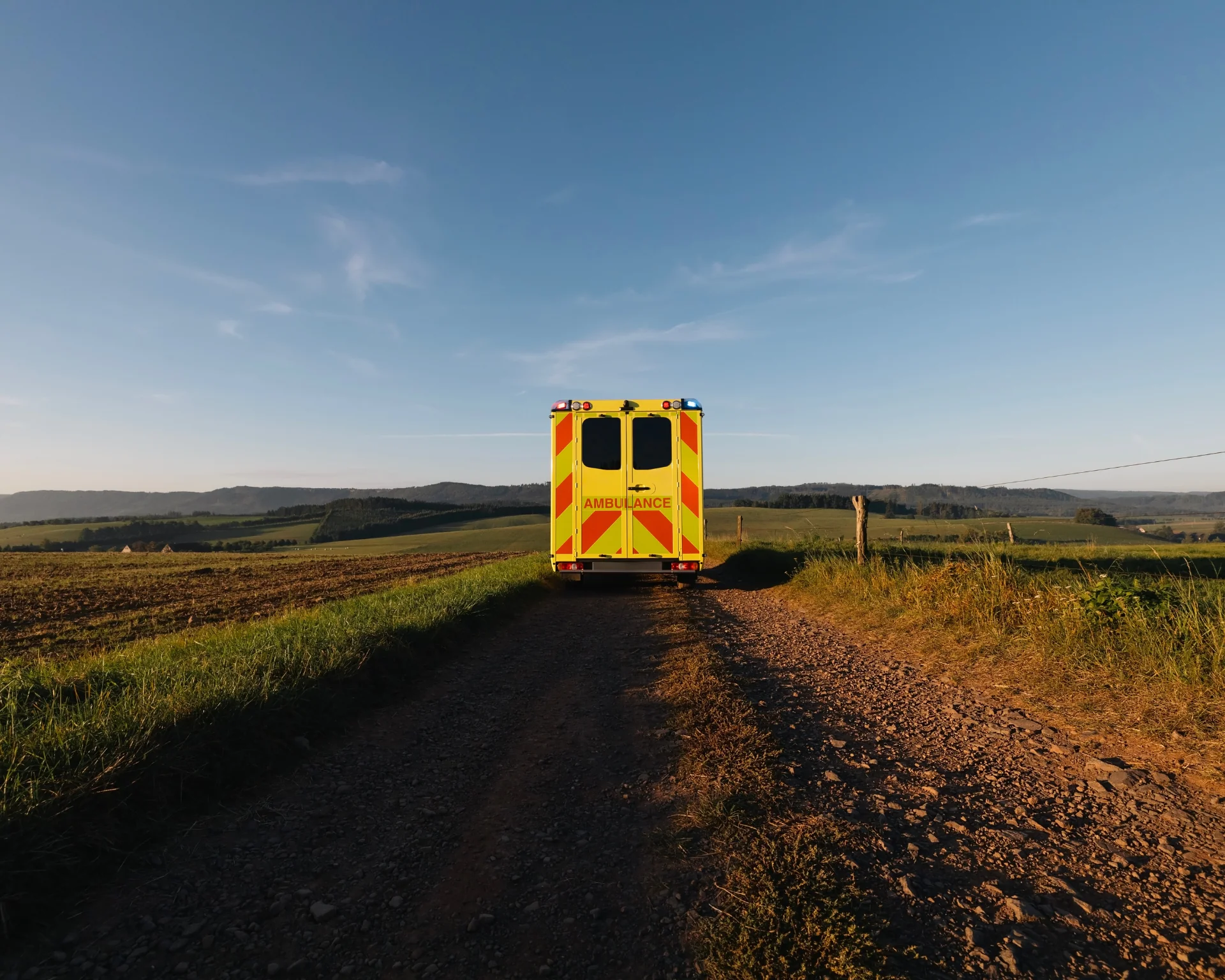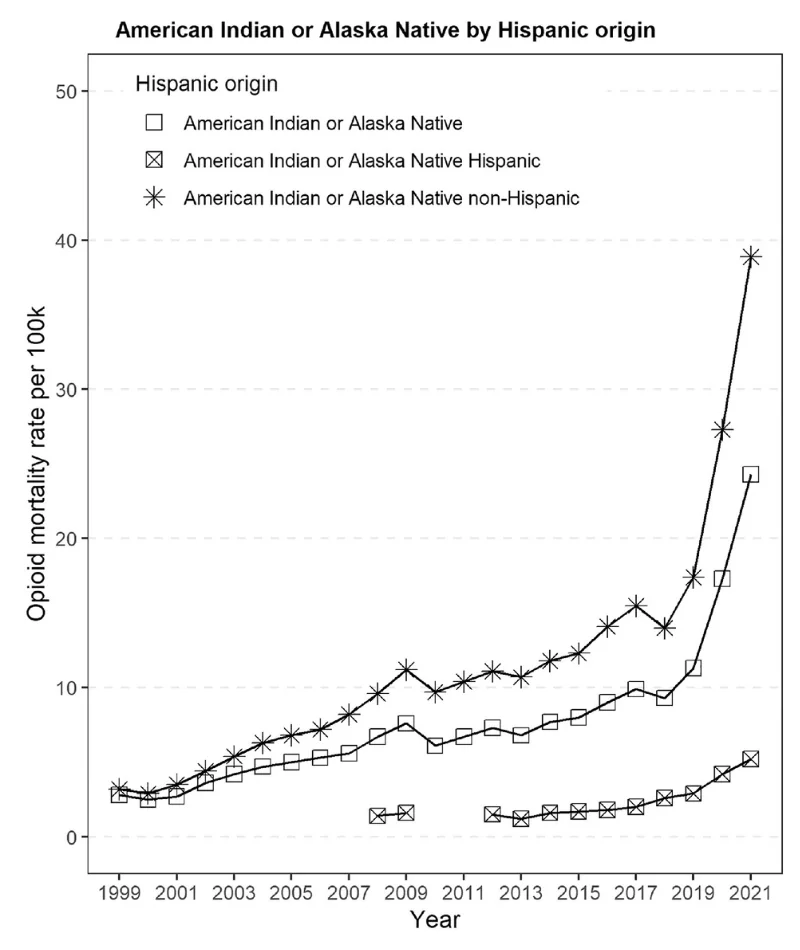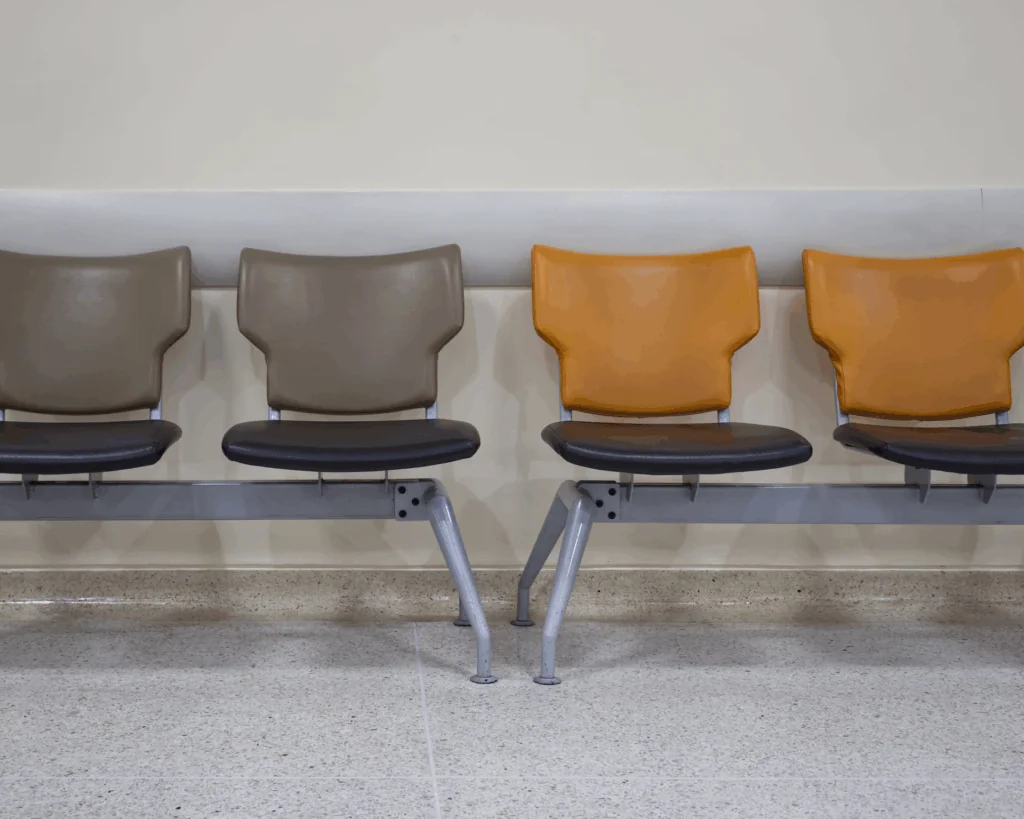Opioid Epidemic's Toll on Native American Populations
Native Americans are facing an uptick in opioid-related deaths, highlighting the need for more culturally sensitive interventions.

Read Time: 2 minutes
Published:
The opioid epidemic has affected communities across America, but Native American populations face a particularly high toll. American Indian and Alaska Native (AI/AN) communities, already grappling with historical trauma and health disparities, confront a continuing and sharp rise in opioid-related deaths.
Cici Bauer and colleagues analyzed data from the CDC’s Wide-Ranging Online Data for Epidemiologic Research (WONDER) database on opioid-related overdose mortality rates among AI/AN populations between 1999 and 2021. Their study included a breakdown by Hispanic origin, reflecting the complex history of colonization and cultural mixing in the Americas.
The inclusion of Hispanic origin in this analysis stems from the diverse ancestries within AI/AN communities. Many Native Americans, particularly in the Southwest and parts of Alaska, have mixed heritage due to Spanish colonization and later migration patterns. This categorization helps researchers understand how cultural and genetic factors might influence health outcomes.
The graph below reveals striking differences in mortality rates. Non-Hispanic AI/AN individuals show a dramatic increase in opioid-related deaths, with rates rising from about 15 per 100,000 in 2019 to nearly 40 per 100,000 by 2021. The overall AI/AN population follows a similar, though less severe trend. In contrast, AI/AN individuals of Hispanic origin maintain much lower rates, reaching only about 5 deaths per 100,000 by 2021.

These disparities may reflect differences in cultural practices, access to health care, and community resources. While the data doesn’t specify location, previous research suggests that AI/AN individuals living on reservations often face greater challenges in accessing addiction treatment and harm reduction services.
Bauer and colleagues emphasize the need for culturally sensitive interventions. They recommend a holistic approach integrating physical, mental, and spiritual health considerations. Key to their proposal is involving tribal elders and indigenous organizations in developing and implementing community interventions. The success of such community-centered approaches was demonstrated during the COVID-19 pandemic response, notably with the Mashpee Wampanoag Tribe of southern Massachusetts.
By rooting interventions in cultural understanding and community leadership, these collaborative approaches are more likely to resonate with and effectively benefit AI/AN communities, potentially turning the tide of this devastating crisis.



